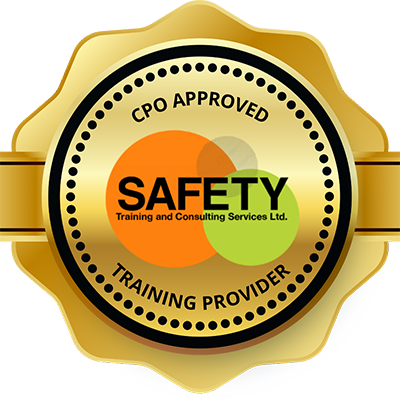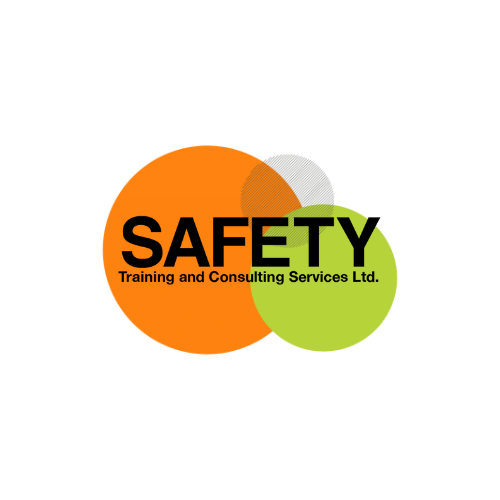Working at Heights – Full Course
In Person

Overview
Falls are one of the major causes of injury and death on construction sites in Ontario.
Injuries and deaths related to working at heights can be avoided by knowing the correct information. Part of this means being aware of what fall prevention systems can be used, such as guardrails and protective covers, being aware of how to properly inspect, use and store a fall arrest system, and being familiar with the various types of equipment available.
In addition to the types of equipment, participants will also become familiar with the legislative requirements found under the Occupational Health and Safety Act, as well as the regulatory requirements found under Regulation 213 for Construction Projects.
This CPO Approved Working at Heights program focus’ on providing all participants with the information they need to know in order to perform their task safety, and to be compliant with the applicable occupational health and safety laws.
What You’ll Learn
- Review of the OHSA and applicable Regulations
- Occupational Health and Safety Act, sections 23 to 31, 50, 66
- Regulation 213/91 for Construction Projects
- Fall Hazard Recognition
- Incorrect or temporary conditions
- Hierarchy of controls
- Methods of fall prevention
- Guardrails
- Protective covers
- Barriers
- Travel restraint systems
- Proper set up, inspection and use
- Application
- Fall protection systems
- Fall restrict systems and associated components
- Safety nets
- Fall arrest systems and associated components
- Access structure overviews
- Scaffolding
- Powered elevating work platforms
- Ladders
- Boatswain chairs
- Suspended access platforms
- Workplace specific training
- Practical demonstration of proper inspection and use of a fall arrest system
FAQ
How is this program taught?
This program is taught using an interactive discussion method. This means that all participants will be involved in discussing the content throughout the duration of the program. This method ensures that all participants receive and understand the information.
Where possible, all material being discussed throughout the length of the Working at Heights program will be related directly to the participants workplace in order to provide a better understanding on how to apply what is being taught.
What do I need to do in order to pass?
In order to successfully pass the program and obtain the working at heights certification, all participants are required to successfully demonstrate how to inspect, don and doff a fall arrest harness and lanyard, demonstrate the proper use of a 100% tie-off lanyard, and obtain at least a 75% passing mark on the written evaluation.
Are there accommodations for learning disabilities?
Participants that may have a learning disability or other impairment, such as language, literacy hearing, or vision, will be accommodated. This may involve having the questions read to the participant(s) by the instructor, the assistance of an interpreter supplied by the employer, or other means. Where disabilities or impairments are identified, please advise your contact when scheduling the course so all efforts to accommodate can be made.
How long is the certificate valid for?
The certificate is valid for three years from the date of completion

Details
Course Length
approximately 8 hours
Breaks
Two 10-minute breaks, one 30-minute lunch
Location
Private onsite or in public setting at STC facilities in the Simcoe-Muskoka region
Requirements
Photo ID
Prerequisites
CSA approved steel-toed safety boots or shoes depending on the training environment
Free Download
Ladder inspection checklist
Working at Heights Quick Reference Guide
